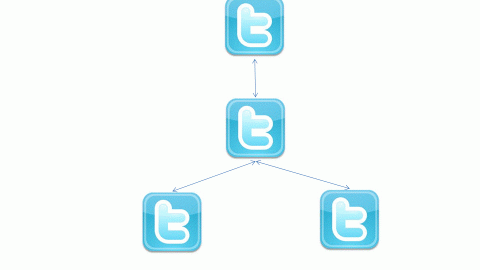What Makes Twitter Social?

Advocacy groups, political campaigns, and news media are all trying to sort out the most effective way to use Twitter. Among the questions being wrestled are: Should we follow everyone who follows us? Should we engage in conversation with our audience? Should our staff be allowed to tweet about what they do at work? Who owns the Twitter accounts and followers of staff?
These questions are at the heart of determining your Twitter strategy. They are also at the heart of what makes (and doesn’t make) Twitter social media. Contrary to popular belief, just using Twitter doesn’t guarantee that you are using it as social media. There are many twitter users, especially major news media outlets that use Twitter simply as a newsfeed. They pump out stories, follow no one, respond to no one and are quite successful at amassing large audiences. But is that social? Not really.
Used as most major news media outlets use Twitter, it is for the most part indistinguishable from an RSS feed or a traditional wire service. The only differences, and it is significant, are the feeds are freely available to the public and come with built in sharing tools.
There are essentially four tiers of “how social” a Twitter account can be, in rough parlance:
Note that my tiers do not consider the Friend to Follower Ratio (FFR). In my mind, this is less relevant to how social you are. Rather it is more a measure of how popular you are. An FFR well below 1.0 says you are popular, relative to your willingness to follow others. But you may also be popular if you follow lots of people.
In the end, I think it is much more important to assess how social you are and whether you need to be social. News media don’t need to be social because they seek large audiences to inform. Advocacy groups and campaigns want to build communities within their audiences. These communities provide value to them that audiences cannot. Whichever approach you take, be sure it meets your strategic needs. If you only need an audience, then don’t worry about being social. But if you need to mobilize people and get them to report back and mobilize others, being social is key.





